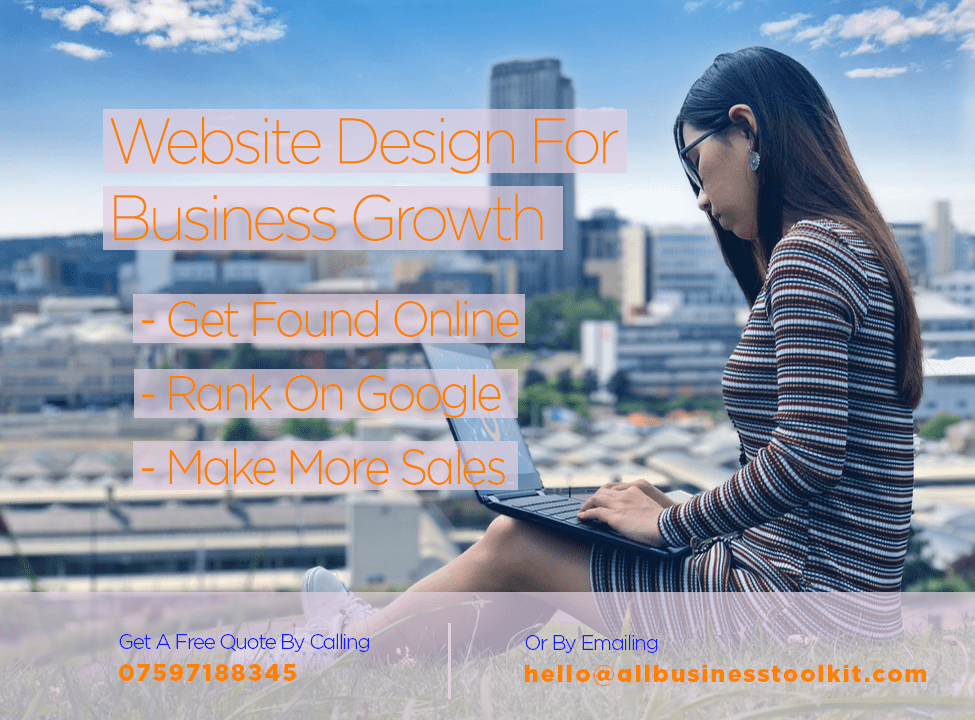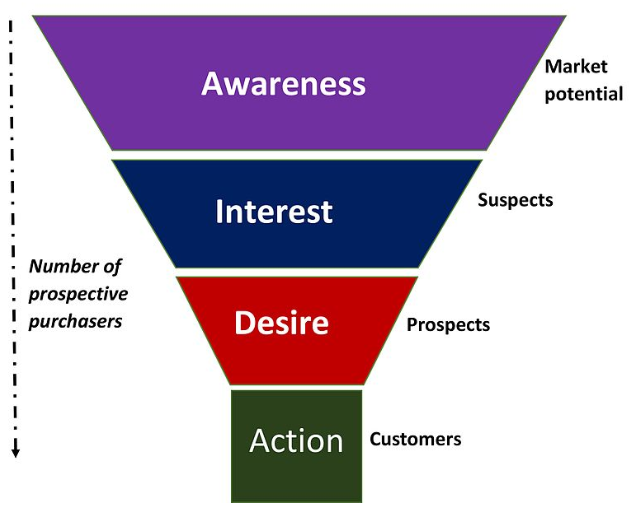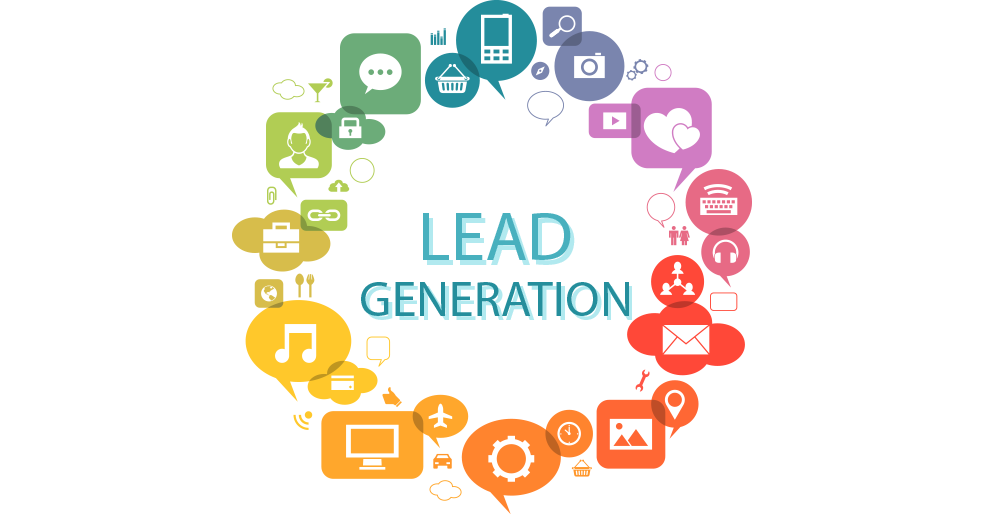It is important to understand the customer’s decision-making process. Before making any purchase, a customer goes through a mental process to clarify which is the ideal decision to take for him/her.
What is the Purchasing Cycle? The purchasing cycle is both the mental and physical process a customer goes through before they are comfortable for making a purchase.
In this article, I will go through some of the barriers customers and how to over come these in your business.
1. Decision Making Components
Before we can understand the purchasing cycle. We need to first find the things that drive our customers and the meaning behind those drives. Below, is a model that helps characterise peoples motives in the purchasing process.
The onion model creates a connection between the psychological behaviours of consumers and marketing objectives.
- Access – At this stage, your audience is aware what your brand sells, and recognises your speciality, eliminating any barriers to find and purchase the desired products and services.
- Rational Factors – Choosing the item based on rational importance. Relational factors are tangible factors such as efficiency, excellence and aesthetics (Copulsky, 1990). Decisions at this level are mostly made on a conscious level.
- Emotional Factors – This is how the purchase makes you feel, and the emotions that it invokes. Your brand personality casts an emotion that your audience longs to feel such as status, play and esteem (Copulsky, 1990), which most often happen on a subconscious level.
- Value – Your product delivers a collection of the above attributes and features appeal to your audience, or target niche more specifically than your competitors.
To note – it is important to outline conscious and subconscious as people are more influenced on a subconscious level. We will speak about this in more detail, in the Wildes polarising appeal effect, as well as explaining in detail the rational and emotional factors.
2. Decision Making Process
So far, we have outlined the decision-making components. This section we aims and how a person makes a decision. We can use this information to build into our marketing strategy.
AIDA Model for Purchasing Intent (Rawal, 2013)
The above image is an adaption of the AIDA model, and I think it best describes what marketing is and how it fits into the customer journey and lead generating process. When marketers are putting a strategy together to influence purchasing intent, it is basically aligned to the customer’s decision making process.
Awareness
This is the stage whereby marketers, use tactics to engrave an identity in the customers minds of the products that the organisations sell. This is done by branding; I think it is best described by the association between the company and the products they sell.
For example; because of heavy marketing involvement everyone knows apple sell phones and rarely associate ‘apple’ with fruit anymore.
During the customer’s journey, awareness will bring a customer into your shop, or your website and so they are potential leads.
Interest
Interest is related to product level marketing mechanism as the brand has done its job in the awareness stage. So, here we are presented with a product that satisfies a customer’s needs and is promised to do the job, which requires rational though at the conscious level.
Desire
This is also product level marketing mechanism as it can relate to a person’s wants. This can be colour, style and specific functionality related to the job a customer wants to perform or problems that need resolving. The idea at the level it provides style and messaging that leaves customers feeling satisfied, often on a sub-conscious level.
Action
Once the Desire stage arouses a person to purchase – there must be a call to action, or mechanism there, which makes the transfer between B2B, or B2C as easy as possible. This could be as simple as a Paypal or shopping cart function or your website). In addition, it also includes different options to purchase, such as monthly payment for those more expensive products. Removing any barrier that may stand between your customer and their intent to purchase.
To note: wants and needs concept will be discussed in more detail and explaining the influence this has later in the series, in the influencing factoring article.
Conclusion
The purpose of marketing is not to create flyers and building a social media presences. Rather, it is to attract attention and create interest in the product or service you are selling. However, you can create interest by handing out flyers, which is a means to the end.
A Marketer’s job role is to use tools to conduct research to aid understanding towards the core attributes of the potential customers. This will include presenting products in slightly different ways, than what your competitors do. More technically, Marketers do this by aiming to appeal towards the psychological brain chemistry of consumer beliefs. This is so powerful, and they persuade potential consumers to spend more for items that all perform the same job.
Overall, the Marketer’s aims are to influence consumers to purchase their product over their direct and indirect competitors and they do this by being creative, searching for fresh and creative ways to resonate with their audience.
References:
Copulsky, J. R., & Wolf, M. J. (1990). Relationship marketing: positioning for the future. Journal of Business Strategy, 11(4), 16-20.
Rawal, P. (2013). AIDA Marketing Communication Model: Stimulating a purchase decision in the minds of the consumers through a linear progression of steps. International Journal of Multidisciplinary research in social & management sciences, 1(1), 37-44.





![Product Positioning [Complete Guide] Tools For Growth Product Positioning [Complete Guide] Tools For Growth](https://allbusinesstoolkit.com/wp-content/uploads/2018/12/Product-Marketing.jpg)

